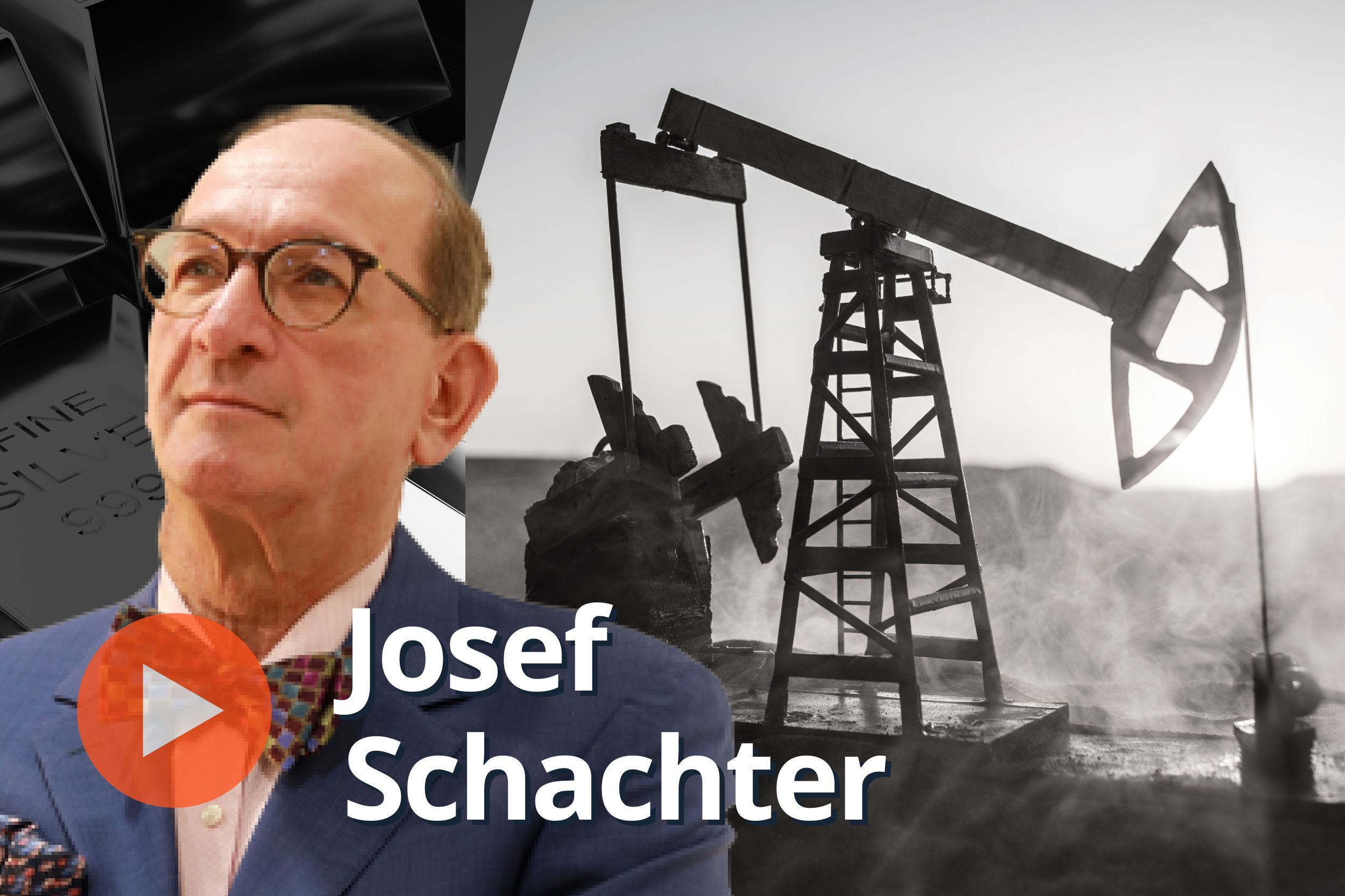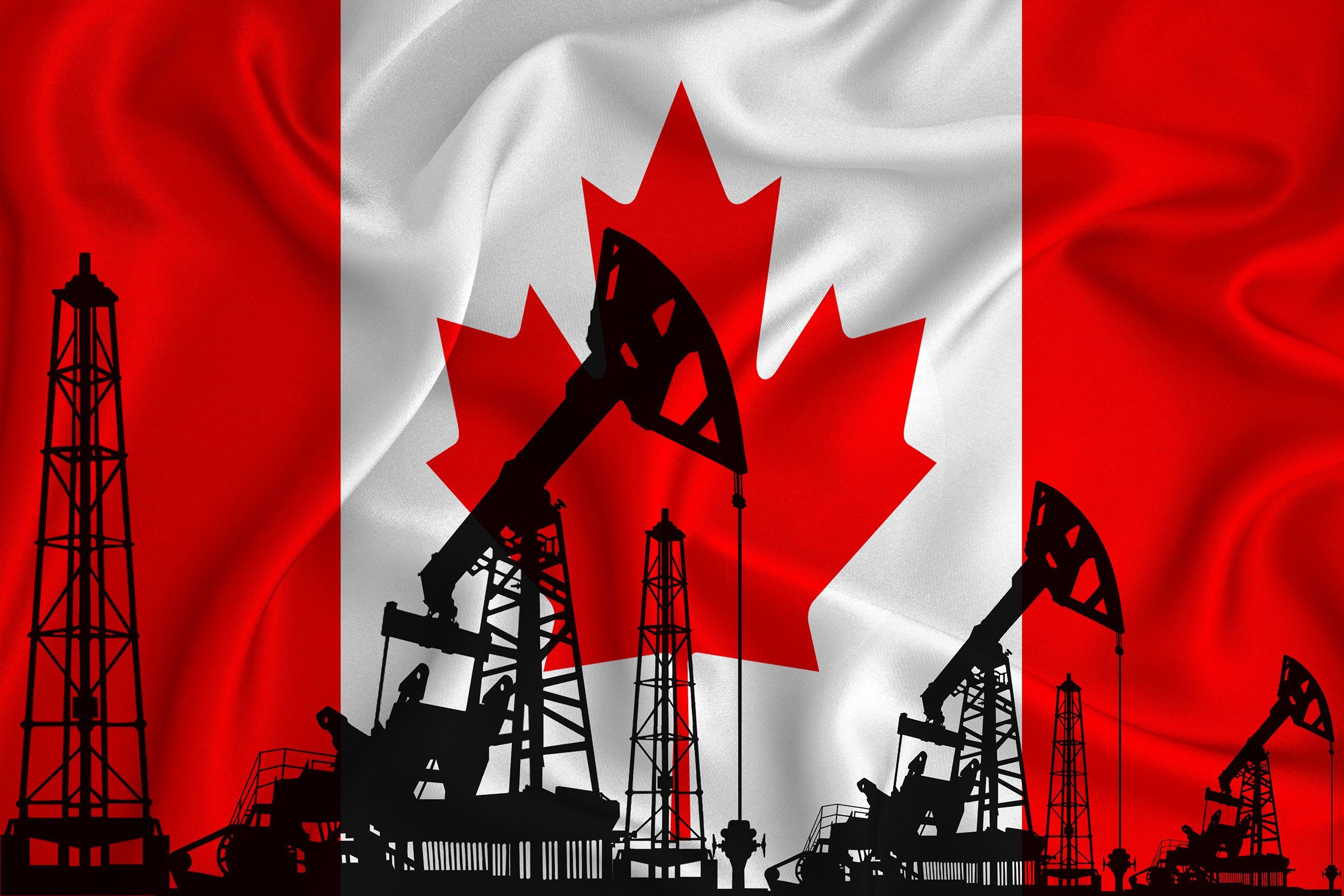
August 14, 2024
Description
The securities of Elixir Energy Limited (‘EXR’) will be placed in trading halt at the request of EXR, pending it releasing an announcement. Unless ASX decides otherwise, the securities will remain in trading halt until the earlier of the commencement of normal trading on Monday, 19 August 2024 or when the announcement is released to the market.
Issued by
ASX Compliance
Click here for the full ASX Release
This article includes content from Elixir Energy, licensed for the purpose of publishing on Investing News Australia. This article does not constitute financial product advice. It is your responsibility to perform proper due diligence before acting upon any information provided here. Please refer to our full disclaimer here.
EXR:AU
The Conversation (0)
02 May 2024
Elixir Energy
Early-mover in natural gas exploration and appraisal in Australia and Mongolia.
Early-mover in natural gas exploration and appraisal in Australia and Mongolia. Keep Reading...
01 January
Josef Schachter: Oil Stock Buy Signal Approaching, 3 Triggers to Watch
Josef Schachter, president and author at the Schachter Energy Report, shares his thoughts on oil and natural gas prices, supply and demand in 2026. "I think before the cycle is over, the 2007 high of US$147 (per barrel) will be breached, because the industry cannot respond quickly by bringing on... Keep Reading...
24 December 2025
5 Best-performing Canadian Oil and Gas Stocks of 2025
The oil and gas sector closed 2025 amid sharp swings, as ample supply and uneven demand weighed on prices.Crude benchmarks trended lower through the year, with rising output from non-OPEC producers, led by record US production, and higher OPEC+ quotas creating a persistent supply overhang.After... Keep Reading...
22 December 2025
5 Biggest ASX Oil and Gas Stocks of 2025
Oil and gas are key energy fuels, and ASX-listed oil and gas stocks could benefit from their price moves. For the most part, 2025 was a volatile year for both the oil and gas markets. In the first half of the year, oil prices posted moderate gains, spurred on by rising tensions in the Middle... Keep Reading...
22 December 2025
CHARBONE livre son premier chargement d'hydrogene propre UHP en Ontario
(TheNewswire)Brossard, Quebec, le 22 décembre 2025 TheNewswire - CORPORATION Charbone (TSXV: CH,OTC:CHHYF; OTCQB: CHHYF; FSE: K47) (« Charbone » ou la « Société »), un producteur et distributeur nord-américain spécialisé dans l'hydrogène propre Ultra Haute Pureté (« UHP ») et les gaz industriels... Keep Reading...
22 December 2025
CHARBONE Delivers its First Load of Clean UHP Hydrogen in Ontario
- Charbone CORPORATION (TSXV: CH,OTC:CHHYF; OTCQB: CHHYF; FSE: K47) ("Charbone" or the "Company"), a North American producer and distributor specializing in clean Ultra High Purity ("UHP") hydrogen and strategic industrial gases, is pleased to announce the successful delivery of the first load... Keep Reading...
22 December 2025
CHARBONE Delivers its First Load of Clean UHP Hydrogen in Ontario
- Charbone CORPORATION (TSXV: CH,OTC:CHHYF; OTCQB: CHHYF; FSE: K47) ("Charbone" or the "Company"), a North American producer and distributor specializing in clean Ultra High Purity ("UHP") hydrogen and strategic industrial gases, is pleased to announce the successful delivery of the first load... Keep Reading...
Latest News
Interactive Chart
Latest Press Releases
Westport Announces Board of Directors Update
02 January
Related News
TOP STOCKS
American Battery4.030.24
Aion Therapeutic0.10-0.01
Cybin Corp2.140.00




